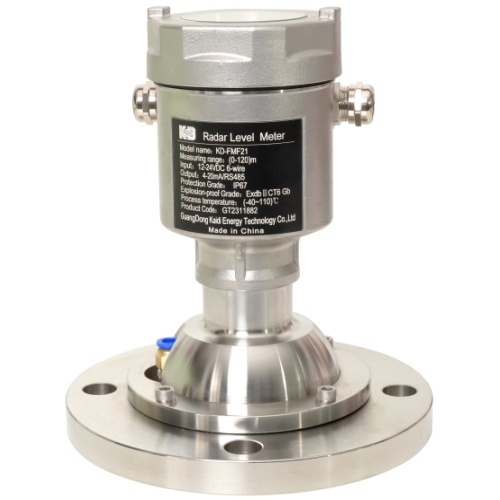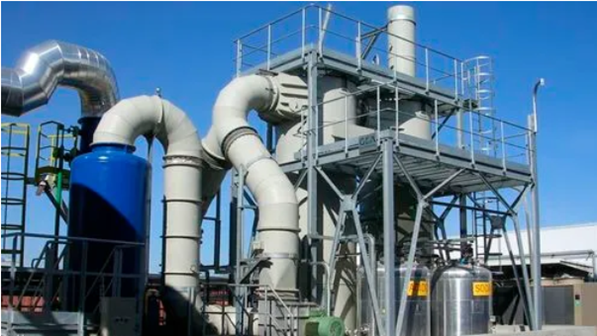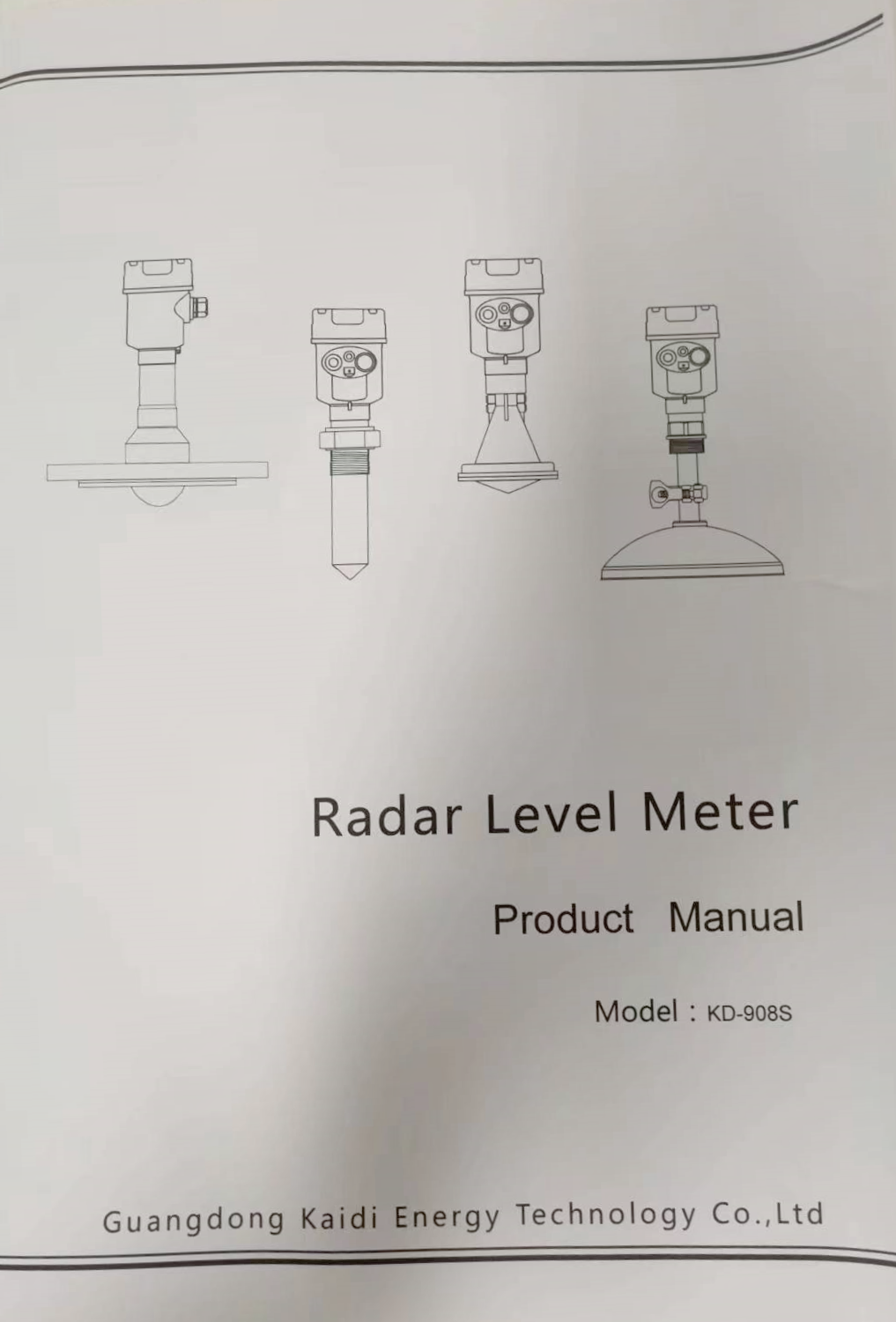BETTER TOUCH BETTER BUSINESS
Contact Sales at KAIDI.
Radar level meters are ideal for liquid level measurement due to their non-contact measurement, high accuracy and stability.
However, with so many brands and models of radar level meters on the market, how to choose a suitable radar level meter becomes an important issue. This article will provide you with a practical guide to help you choose the right radar level meter for your application.

I. Understanding needs and working conditions
When choosing a radar level meter, you first need to define your measurement needs. You need to know the physical properties of the liquid to be measured, such as dielectric constant, density, viscosity and so on. You also need to know other parameters of the working conditions, such as temperature, pressure, vessel shape, etc. This information will help you determine the required measurement range, accuracy, and suitable installation.
II. Consideration of radar wavelength and frequency
The measurement accuracy and range of the radar level meter are closely related to the radar wavelength and frequency. Generally speaking, the longer the wavelength, the larger the measurement range, but the lower the accuracy; conversely, the shorter the wavelength, the higher the accuracy, but the smaller the measurement range. Therefore, in the selection of radar level meter, according to the actual needs of weighing the advantages and disadvantages of wavelength and frequency.
III. Consider antenna type
The antenna type of a radar level meter can also affect its measurement performance. Common antenna types include flared, parabolic and rod antennas. Different antennas are suitable for different measurement environments and media. For example, parabolic antennas are suitable for measuring vessels with low liquid levels, while rod antennas are suitable for measuring viscous liquids or solid levels.

IV. Consideration of output methods and communication protocols
When selecting a radar flow meter, also consider its output method and communication protocol. Common output methods include analogue output (4-20mA or 0-5V) and digital output (HART, Profibus DP, etc.). For communication protocols, consider whether it supports common industrial communication protocols such as Modbus and Profinet. This will help you achieve a seamless connection with the host computer for easy data acquisition and remote monitoring.
V. Reference to user evaluations and professional advice
When buying radar level meter, you can refer to other users' evaluation and professional advice. Consult product manuals, technical specifications and user evaluations to learn about the performance, quality and after-sales service of the product. In addition, consulting with professionals and listening to their suggestions and advice is also an important way to choose the right radar flow meter.

In conclusion, choosing the right radar type flow meter requires a full understanding of your needs and working conditions, as well as comprehensive consideration of multiple factors such as radar wavelength and frequency, antenna type, output method and communication protocol, as well as user reviews and professional advice. Through the practical guidelines and suggestions provided in this article, we believe that we can help you choose the right quality radar level meter for yourself, which will bring better measurement effect and stability for the industrial measurement field.
We are here to help you! If you close the chatbox, you will automatically receive a response from us via email. Please be sure to leave your contact details so that we can better assist